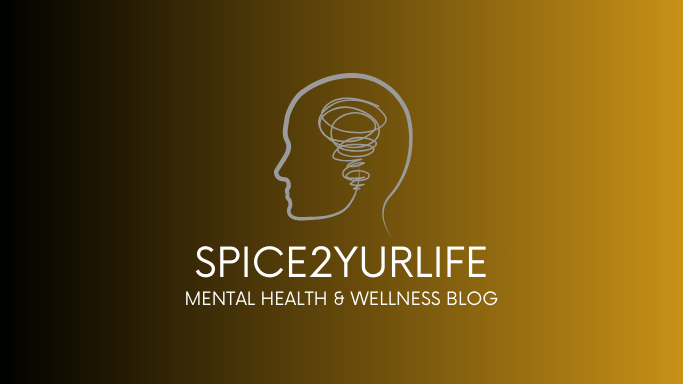Post-Traumatic Stress Disorder (PTSD) is a complex and often debilitating mental health condition that can affect anyone who has experienced a traumatic event. While it's commonly associated with combat veterans, PTSD can also affect survivors of accidents, natural disasters, physical or sexual assault, and more. Navigating the challenges of PTSD can be a long and arduous journey, but with the right support and strategies, recovery is possible.
Understanding PTSD
PTSD is a mental health condition that develops after a person experiences or witnesses a traumatic event. This condition can occur immediately after the event or even years later. The key symptoms of PTSD include:
1. Re-experiencing the trauma: This might involve flashbacks, nightmares, or intrusive thoughts about the traumatic event.
2. Avoidance and emotional numbness: Individuals with PTSD may try to avoid reminders of the trauma, including people, places, or activities that trigger memories.
3. Hyperarousal: This involves heightened anxiety, irritability, difficulty sleeping, and an exaggerated startle response.
4. Negative changes in thoughts and mood: People with PTSD may struggle with persistent negative thoughts, guilt, shame, or feelings of detachment from others.
Navigating the Challenges
1. Seek Professional Help:
The first step in navigating the challenges of PTSD is to seek professional help. Therapists, psychologists, and psychiatrists can provide guidance and support tailored to your specific needs. Evidence-based therapies like Cognitive-Behavioral Therapy (CBT) and Eye Movement Desensitization and Reprocessing (EMDR) have shown great success in treating PTSD.
2. Build a Support System:
Isolation can exacerbate the symptoms of PTSD, so it's essential to build a support system. This can include friends, family, support groups, or even online communities where you can connect with others who understand what you're going through.
3. Learn Coping Strategies:
Coping strategies are crucial in managing the symptoms of PTSD. Techniques like deep breathing, meditation, and mindfulness can help regulate anxiety and stress. Additionally, grounding exercises can be valuable during moments of distress.
4. Medication:
In some cases, medication may be prescribed to manage the symptoms of PTSD. Antidepressants, anti-anxiety medications, and sleep aids can help alleviate some of the distressing symptoms. It's important to work closely with a healthcare professional to determine the right medication and dosage for your specific needs.
5. Educate Yourself:
Knowledge is power, and educating yourself about PTSD can help you understand your condition better. It can also help you communicate your needs and challenges with your support system effectively.
6. Create a Safe Space:
Creating a safe and calming environment at home is crucial. This can involve avoiding triggers, keeping a routine, and ensuring you have a comfortable and supportive space to relax.
7. Self-Care:
Prioritize self-care practices such as regular exercise, a balanced diet, and a consistent sleep schedule. These healthy habits can promote physical and mental well-being.
8. Set Realistic Goals:
While it's important to have goals and aspirations, it's equally important to set realistic expectations for yourself. Recovery from PTSD is a journey, and it's essential to acknowledge and celebrate even the smallest of victories along the way.
Navigating the challenges of Post-Traumatic Stress Disorder is a journey filled with ups and downs. It's essential to remember that recovery is possible, and with the right support and strategies, you can regain control of your life. Seek professional help, build a support system, learn coping strategies, and practice self-care. By taking these steps and staying patient with yourself, you can move forward and thrive beyond the impact of trauma.






No comments:
Post a Comment